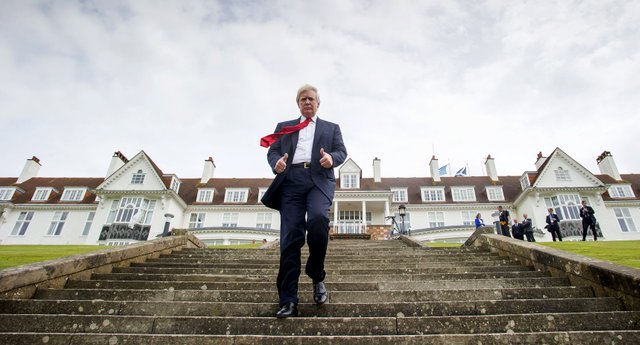
FOR DONALD TRUMP, there was the purchase of the $12.6 million Scottish estate and the $79.7 million for golf courses in the United Kingdom, not to mention the $16.2 million for the Northern Virginia Winery. All in cash.
For Michael Cohen, it was the lucrative day in 2014 when he sold four Manhattan buildings for $32 million—three times what he’d paid for them less than three years before.
Recent days have been filled with a seeming tidal wave of fresh revelations from the spiraling investigation around Donald Trump’s ties to Russia, particularly around suspicious financial transactions involving Trump fixer Michael Cohen, who appears to have used the same shell company LLC to pay hush money to porn star Stormy Daniels, collect six- and seven-figure consulting deals from companies like AT&T and Novartis, and receive payments from a company with close ties to oligarch Viktor Vekselberg.
The subtext of many of the recent tales—from Donald Trump’s massive cash-spending spree to Cohen’s $32 million flip of New York real estate—is that the atypical transactions are worthy of greater scrutiny. After all, why was the self-proclaimed “King of Debt” suddenly waist-deep in cash and on a spending spree in the midst of the global real estate crash? Where was Cohen’s money coming from—and where was it going?
It’s the old adage from the Watergate investigation: “Follow the money.”
The implication, particularly in the more fever-swampy portions of Twitter, is that there was money laundering afoot—probably Russian in origin. The “quid” perhaps, before the election and the “pro quo” afterward. But is that a real possibility—and if it was money laundering, by whom and how?